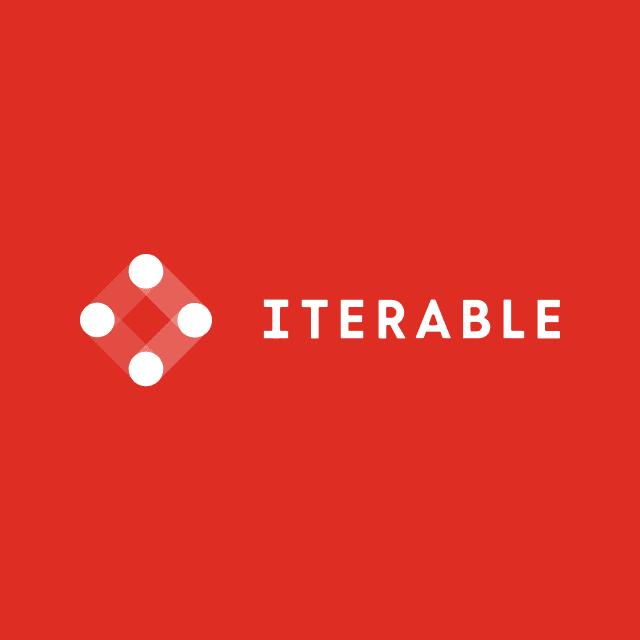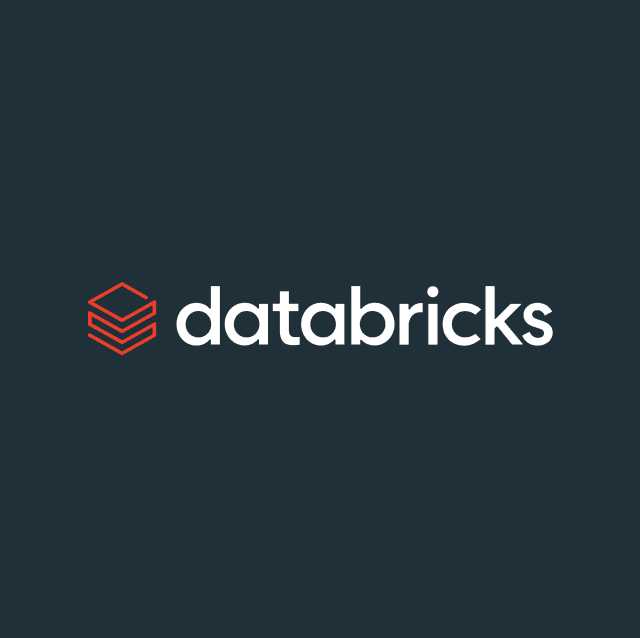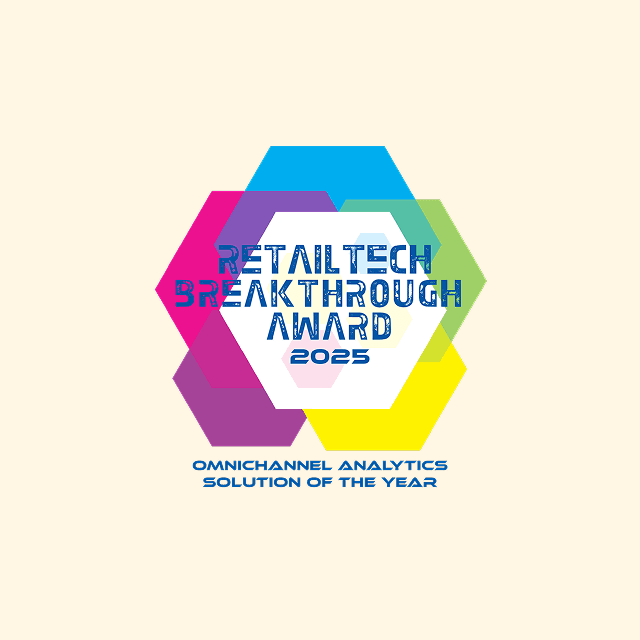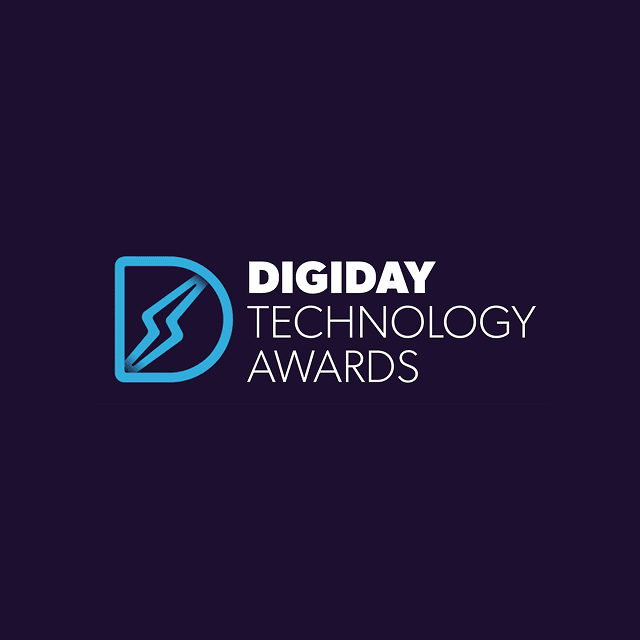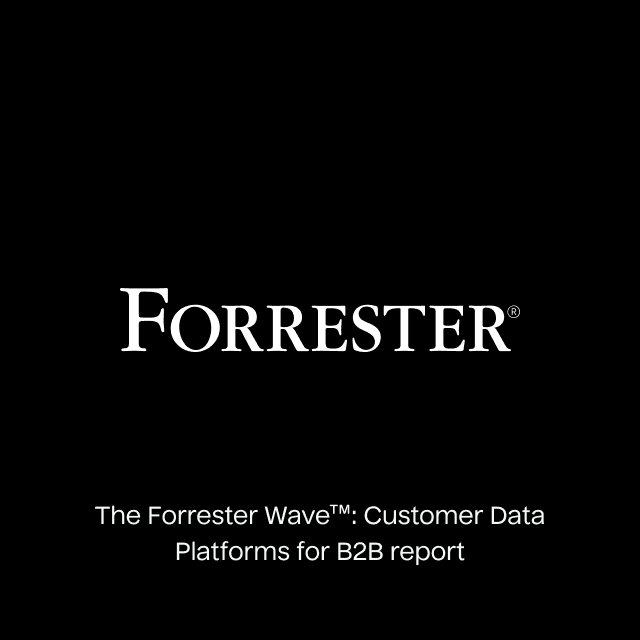What is Data Activation?
The data ecosystem is changing faster than ever before and new technologies are popping up all the time. Trying to stay on the cutting edge of technology has never been harder. Today most companies are built around a modern data stack and although the technologies used across businesses often differ drastically, there are usually four core components that are consistent within every technology stack.
- Data Acquisition: the source where data is generated
- Data Integration: the process of consolidating data into a centralized view
- Data Transformation: the process of transforming data into a clean and usable state (usually this happens in the data warehouse)
- Analytics: the location where data is analyzed and consumed (i.e. Business Intelligence)
In 2021, it was estimated that the average company uses an average of 100 SaaS applications. Usually, these data sources are broken up into five different categories:
- Web & mobile events
- Server events
- SaaS tools
- Advertising platforms
- Internal databases
In order to eliminate data silos, most companies choose to consolidate all of their data across all of their different sources into a centralized platform (i.e. the data warehouse) to gain a holistic understanding of their customers through analytics.
In recent years though, organizations have begun to notice a common problem: data stored within the warehouse is only accessible to technical users who know how to write SQL, and data living within a dashboard/report is only ever used by key stakeholders and decision-makers at a high-level to power operations.

This shift has given rise to a new line of thinking known as Data Activation which is the final piece of the modern data stack.
Data Activation is the method of unlocking the knowledge sorted within your data warehouse, and making it actionable by your business users in the end tools that they use every day. In doing so, Data Activation helps bring data people toward the center of the business, directly tying their work to business outcomes.
Why is Data Activation so Important
Data Activation shifts the focus from simply understanding data to taking action on it. In most scenarios, the data warehouse stores all of the unique business logic for advanced analytics. Once this data is transformed and modeled it can feature customer attributes like:
- Recent signups
- Shopping cart abandonment
- Items in cart
- Lifetime value
- Lead score
- Annual recurring revenue
- Session length
- Pages viewed
- Resources downloaded
- Messages sent
- Subscription type
- Product qualified leads
- Workspaces created
- Playlists
This list could go on and on, and these are just a few examples. The problem is that business teams are often forced to hop back and forth between sales, marketing, product, finance, and support tools. because the ideal customer profile exists in the warehouse. The question is, how valuable is this information if it’s not actionable and accessible to the appropriate business teams. All of this data should, and can be used to automate/optimize business processes to create a seamless experience for the customer.
Data Activation is not a new concept, companies have been trying to activate their data for years and map first-party data and third-party data back into their operational tools. The problem is, that it’s difficult to move data out of the warehouse and sync it back into business tools. It requires the engineering team to integrate with third-party APIs and build a custom integration and entirely new data pipelines for every single destination where data needs to be sent/available. Maintaining this at scale is nearly impossible and this is not even accounting for the cost and resources required to keep just one of these pipelines up and running on a consistent basis.
CDPs (Customer Data Platform) rose up as one of the first solutions to tackle this problem by creating a single platform in the Martech stack where companies could house all of their customer data and easily send it to other tools without having to worry about maintaining data pipelines. The downside is that CDPs simply create a second source of truth that’s based on the data warehouse, inevitably forcing organizations to move data out of their own cloud environment and pay for a third-party service. This can be quite problematic for highly regulated industries where privacy is a huge concern. In addition to this, CDPs only let users map data to unique objects like users and accounts. In reality, every company has complex data models (ex: workspaces).
Infrastructure as a Platform (iPaaS) tools arose as an alternative to CDPs, but these tools are equally challenging to use because they only move data from point to point (ex: sending Salesforce data to Hubspot), making it impossible to take advantage of the data models that exist in the warehouse. Moving data from one system to another with iPaaS tools is extremely challenging because these platforms force users to build complex workflows with multiple if/then statements and various dependencies in each step. Even worse, users have to create additional branches to account for errors/failures.
Reverse ETL Enables Data Activation
Although many tools claim to do Data Activation, Reverse ETL is by far the simplest and most efficient solution because it simply acts as an additional layer in the modern data stack. With Reverse ETL, the warehouse acts as the hub and the business tools act as the spokes. Reverse ETL works by reading from the warehouse and writing to the end destination (i.e. syncing data).
With Reverse ETL, users simply have to define their data and match the appropriate columns and rows to the proper fields in the end destination. All of this can be done using SQL, or the existing data models in the warehouses. At its core, Reverse ETL plays a critical role in accelerating time to value by providing more flexibility and giving broader access to data. If Data Activation is defined as taking action on data, then Reverse ETL can be thought of as the tool that enables Data Activation and the first step to taking action on data.
The Complete Guide to Reverse ETL
Read our whitepaper to learn where Reverse ETL fits in the modern data stack.


How Does Data Activation Work?
Data Activation makes it possible to predict the future and take action at the right time and place before problems occur. It's all about making decisions informed by the fullness of customer data. There are a ton of use cases that Data Activation can solve as it relates to marketing automation and automating other business processes for different business teams. Ultimately, every team should be focused on one thing: driving data-driven customer interactions and increasing customer engagement.
Data Activation in Sales
In sales personalization is key. Reaching out at the right time with the right context almost always yields a positive result. Knowing exactly what actions a customer is taking directly within the product and understanding the actions that same customer is taking across marketing channels is extremely difficult. In many product-led-growth (PLG) companies, it’s typical for a customer to sign up for a free trial, create a new workspace, invite additional coworkers, etc. Without the proper context, it’s impossible for sales reps to expand upon that initial use case and increase product adoption. In order to truly offer value to the customer, sales reps need to have the proper context around the entire customer journey.
With Reverse ETL powering Data Activation, the rich customer data that lives in the warehouse can be synced directly to CRMs like Salesforce and Hubspot, giving sales teams full visibility over every action the customer is taking. One of the best ways to do this is by leveraging a lead scoring model defined in the warehouse or by capturing specific events/actions and syncing them to the end destination. This same information can also be sent to dedicated Slack channels to notify account owners with real-time insights about specific customer actions, whether that be signing up for a free trial, viewing a specific page, or downloading a piece of marketing content.
Data Activation in Marketing
For the most part, marketing teams are focused on two key results, conversions and impressions. This is normally measured by CPI (cost per impression) and CAC (customer acquisition cost) within ads platforms like Google, Facebook, TikTok, etc. Building custom audiences and uploading audience segments to ad platforms for marketing purposes is challenging. Launching campaigns should be easy but marketing teams are forced to go to the data team every time they want to experiment with a new target audience (ex: customers who signed up but haven’t used the app in the last 30 days).
Since this type of customer data is only available in the warehouse, data teams are forced to export ad-hoc datasets, and marketing teams are forced to upload these same datasets to their different ad platforms. Data stored in a CSV file becomes stale really quickly though, so this process has to be repeated individually for every single campaign. With Data Activation, this is no longer the case because audiences built in the warehouse can be synced directly to ad platforms, giving marketing teams actionable intelligence to create personalized experiences and deliver relevant advertising. Better yet the same audiences can be duplicated to multiple destinations.
Data Activation in Customer Support/Success
Dedicated customer success/support teams are the standard for every company today. These teams exist solely to quickly troubleshoot, debug, and solve problems for customers. In many cases, these problems are managed through ticketing systems and SaaS tools like Zendesk and Jira. Depending on the number of tickets submitted on a weekly basis it can quickly become impossible to address every customer and prioritizing leads is basically impossible.
By feeding data from the warehouse directly to support tools, teams no longer have to wait for data to be keyed manually. As data is updated in the warehouse it can automatically be updated in the same success/support tools. With the necessary information for each ticket, these teams can prioritize based on urgency. Even better every time a ticket is created, it can be shared directly in communication platforms like Slack, enabling even faster response times.
Data Activation Benefits
The potential of Data Activation is huge and there are a near-limitless number of use cases it can help solve. Data Activation not only reduces the time engineers have to spend building and maintaining custom data pipelines, but it puts data into the hands of actual business users who can leverage it to drive meaningful outcomes that can positively affect the bottom line and create more meaningful customer experiences.
What to Look for in a Data Activation Platform?
There are several factors to consider before adopting a Data Activation Platform and the most important is flexibility. Data Activation Platforms should not only offer a wide variety of integrations, but they should also be flexible enough to handle various different use cases. There are six important frameworks that every Data Activation Platform should provide: objects, events, notifications, audiences, file uploads, and tasks.
Getting Started with Data Activation
Hightouch is the simplest and fastest way for marketers to get started with data activation. As a data and AI platform for marketers, Hightouch uses Reverse ETL to sync data from the warehouse to 250+ destinations. With Hightouch companies can leverage their existing data models and easily view and monitor all of their data syncs in a single platform. Better yet, Hightouch offers a visual audience builder that makes it easy for non-technical users to create custom audiences at moment's notice. Initiating a data sync is as simple as mapping data from one column to another and getting started with Hightouch has never been easier because the first integration is completely free.
The Complete Guide to Reverse ETL
Read our whitepaper to learn where Reverse ETL fits in the modern data stack:
- The evolution of data warehouses
- The key to activating your data
- Reverse ETL use cases
- Build vs. buy








